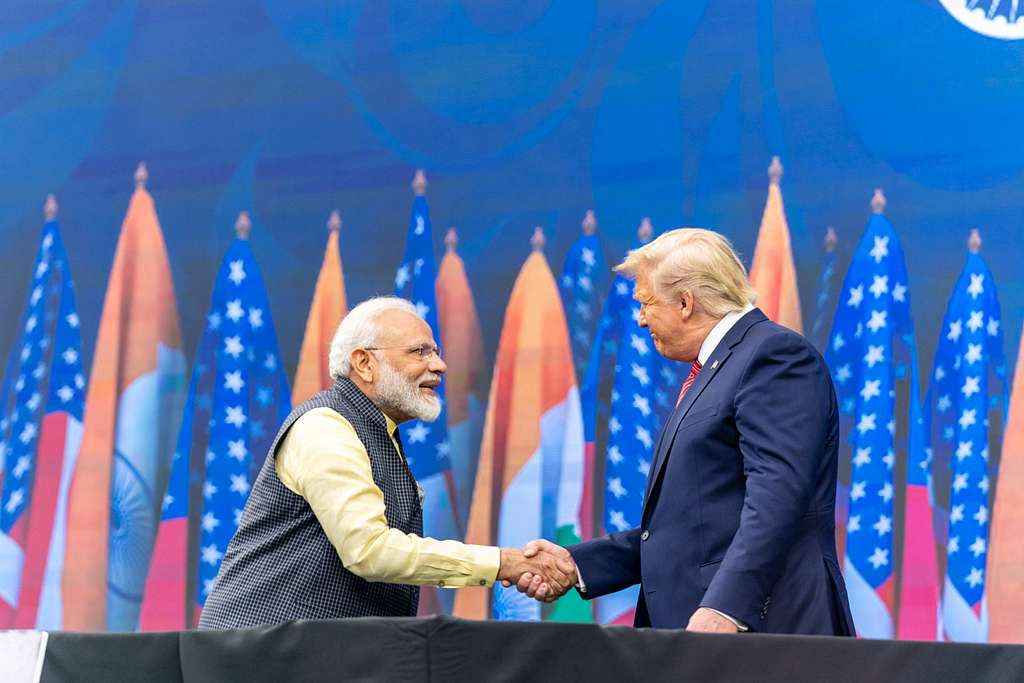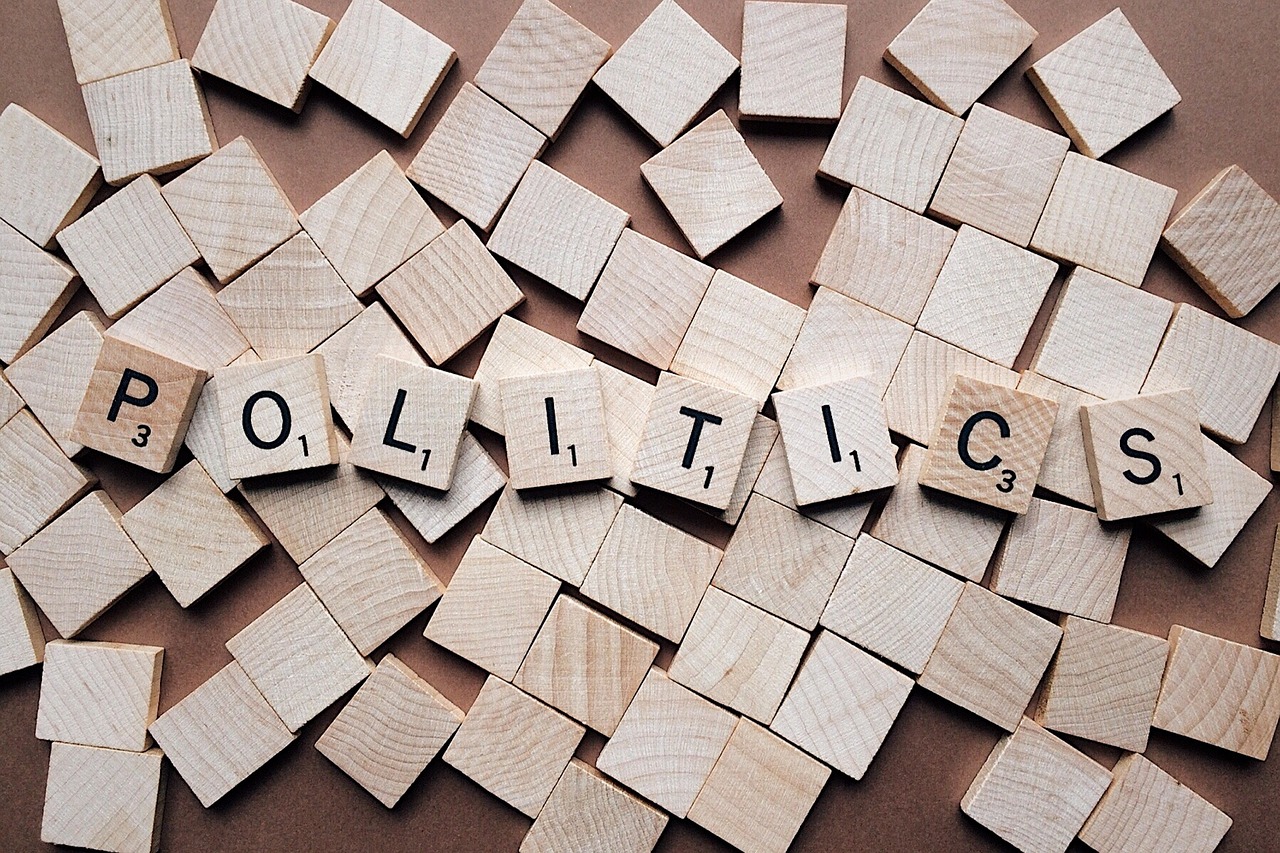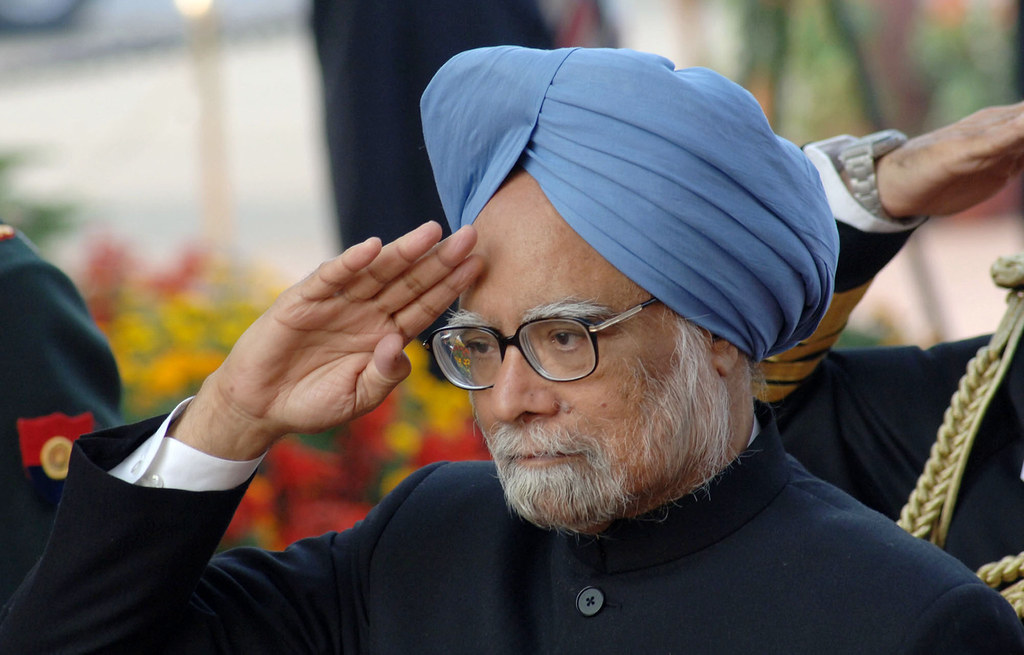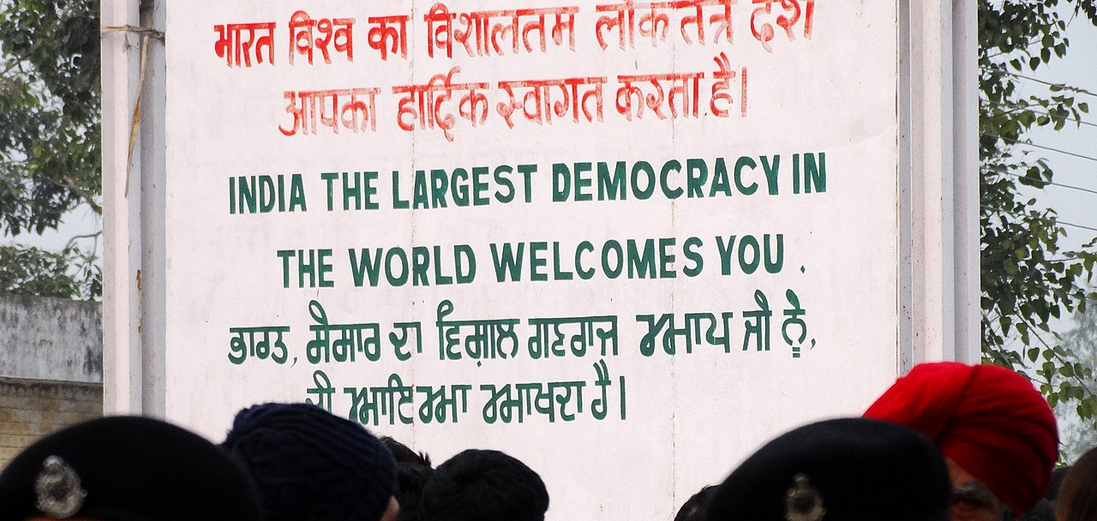
With prime minister Narendra Modi having scripted a slice of history by becoming the first leader since Indira Gandhi to win two successive majority government elections, it maybe time for him to once again send out a few ‘thank you’ cards to those who have contributed to his remarkable political victory.
Amit Shah: No one has exemplified the BJP’s relentless desire to win at all costs as much as its party president. Just one statistic should suffice: in the last five years, Shah claims to have made as many as 91 trips to Bengal, a state which was once considered almost off-limits for the BJP. The audacity of ambition when backed by unlimited resources and a robust party ‘karyakarta’ parivar made Shah a dominant figure in the Modi re-election. It was Shah who stitched alliances in key states like Bihar and Maharashtra, showing a flexibility in approach that was in sharp contrast to the rigidity displayed by his opponents. His was an unapologetic ‘saam-daam-dand-bhed’ style, devoid at times of basic civility (witness his awful description of Bangladeshi immigrants as ‘termites’) or morality (recall how he almost seemed to encourage the BJP’s social media warriors to spread ‘fake news’ ) but never short of a ruthless competitive spirit that helps win elections.
The Congress: When did the 2019 elections turn from a possible defeat for the Narendra Modi government into a stunning ‘TsuNamo’? It may sound strange to say this now but the December evening when the 2018 assembly elections saw the Congress form governments in all three Hindi heartland states was one key turning point. Those victories appeared to convince the grand old party that it had found the magic formula to defeat the seemingly invincible Modi- Shah-RSS machine. If not familiar arrogance, a measure of complacency certainly set in because of a gross misreading of the verdict that was clearly a fall-out of local anti-incumbency against the ruling BJP state governments and not against the persona of Mr Modi. The Congress had a choice in 2019: it could attempt to maximize its own footprint or else minimize the Modi factor through strategic alliances. It made the wrong choice in the end. By contrast, the December defeat was a wake up call for the BJP leadership which moved swiftly with a series of measures from the Kisan Samman cash hand-outs to reservation benefits for the economically weaker sections to quell the disquiet among key constituencies.
Rahul Gandhi: The Congress president ran an energetic campaign, full of fire and idealism but without a coherent strategy. From Rafale to Note-bandi to GST, the Congress leadership was constantly in search of an issue to pin down the Modi government but without offering a credible counter-narrative of its own. When Mr Gandhi did come up with a catch-phrase ‘Nyay’ to define his vision, it was seen as simply too esoteric and ill-defined to capture the public imagination. A large section of the Congress’s target audience had not even heard of ‘Nyay’, a failure of conceptualization and communication. Moreover, Mr Gandhi’s lineage remains an asset and liability: he may have been pre-ordained by birth to be Congress president but it also enables Mr Modi to play the ‘kaamdar’ versus ‘naamdar’ binary most effectively, especially with a younger India that hankers for merit over dynasty.
The ‘Regional’ Opposition: From Mamata to Mayawati to Chandrababu Naidu, an obsessive anti-Modiism was the trademark of a rag-tag opposition. The idea of a 1977-like ‘maha-gatbandhan’ never really took off because the internal contradictions were just too great to be overcome by the shared desire to remove Mr Modi from office. Conflicting turf battles and opportunistic alliances were never going to override serious trust and credibility issues confronting the opposition: those who accused Mr Modi of being an autocrat were guilty of displaying similar dictatorial tendencies in their states. The chemistry of a single ‘mazboot’ leader narrative turned out to be too strong for the arithmetic of a potential ‘maha-milawat’ coalition.
Masood Azhar and the Pak-based terror factory: Mr Modi’s politics has always thrived on the constant search for an ‘enemy’. In 2002, when he won his first election in Gujarat, it was the ‘anti-national’ Muslim and Mian Musharaff who were his prime targets in the aftermath of the Godhra train burning. Seventeen years later, there are minor tweaks in the rhetoric: in a post-Pulwama and Balakote scenario, Mr Modi made the Jaish chief and the jihadi machine his focus. “Ghar mein ghus kar maara” he claimed, creating a ‘nationalistic’ anti-Pakistan strident fury. It enabled him to foreground his claim to being a ‘mazboot’ neta and make the election quasi-presidential.
The Media: From New Years Day when Mr Modi gave an interview to a tv news agency that was shown on every news channel in the country to a stage-managed ‘non-political’ guftagu with film star Akshay Kumar to the final day of voting when the prime minister embarked on a ‘made for tv’ ‘spiritual’ yatra to Kedarnath, the media narrative was ‘captured’ in a brazenly partisan manner that almost ‘invisibilised’ the opposition. Indeed, 2019 will go down as India’s most well-choreographed ‘event management’ driven election where the role of a pliant media in aiding and abetting the Modi blitzkrieg ensured that there was no level playing field: a tv audience research report shows that in the month of April, Mr Modi was shown by tv news channels for more than 722 hours even while Rahul Gandhi was shown for a little less than 252 hours. One tv channel, in fact, faithfully carried the prime minister’s interview every voting day, blurring the lines almost completely between news and propaganda. From large social media platforms like Facebook to messenger services like Whatsapp, the monopoly of the mythical ‘Modi as Superman’ persona over the news eco-system was near complete: local issues lost out to a ‘manufactured’ heroic personality cult in which the camera lens appeared almost hypnotized while casting an uncritical gaze at the Supreme Leader.
The Election Commission: That a timid election commission stood by and watched the repeated violations of the model code of conduct by the ruling party is reflective of a deeper institutional corrosion where notions of ‘independence’ and ‘neutrality’ are under strain. Why, for example, did the Election Commission choose to allow NaMo Tv to continue to be aired despite it being an obvious publicity arm for the government should be investigated. Even the prime minister’s Kedarnath trip pushed the boundaries of political morality: should a leader be using religious symbolism on voting day in a clear attempt to influence voter preferences?
The ‘Silent’ Voter: The inscrutable Indian voter has spoken out loud and clear. During the campaign, especially in north and west India, we heard the frenzied ‘Modi, Modi’ chants almost routinely, an outcome of the sustained indoctrination of a political ‘army’ of supporters driven by a mix of muscular nationalism and divisive religosity. But beyond the saffron faithful and the ‘Hinduised’ middle class, there are ‘floating’ voters, many of them living on the margins, who have plumped for Mr Modi by virtue of his ability to convince them that he can deliver on basic needs and offer a stable government. GDP figures maybe fudged, the economy may have slowed down, jobs maybe scarce, agrarian incomes falling, but when a toilet, LPG cylinder or a low cost house become a symbol of empowerment or an aerial attack on Pakistan a sign of ‘desh-bhakti’ machismo, then there is a willingness to offer another chance to govern. It is this ‘new’ India voter cutting across caste, class, rural-urban, gender and regional fault-lines (except the deep south and minorities) whose vaulting aspirations have driven the Modi juggernaut to a famous victory.
Post-script: Since Mr Modi is such a selfie addict, maybe he needs to send a thank you card to himself and his core team. From Balakote to Varanasi to Kedarnath, Team Modi hasn’t missed an opportunity at artful brand building. The prime minister’s carefully cultivated larger than life image has dwarfed the opposition: in terms of sheer political marketing and communication and as an indefatigable campaigner he has proven to be in a league of his own. Maybe, he can finally take a breather and treat himself to a bowl of fresh mangoes!




































































































































































